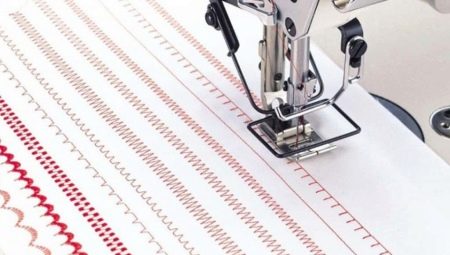Modern sewing is unthinkable without dozens of types and varieties of all kinds of seams. If you are not a simple tailor, for whom filing clothes is an urgent need and saving money on buying new clothes, then this variety is your way to sewing creativity.
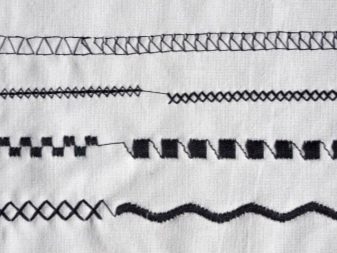
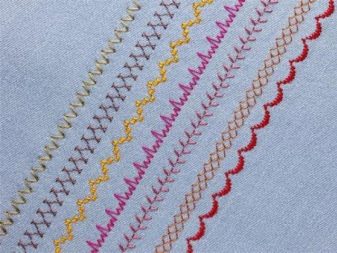
Types of seams
There are dozens of types of work and decorative strings used in sewing. The most common are straight (regular) and zigzag seams. However, a modern electronic sewing machine can do any of the following lines (except for a simple zigzag and straight seam without features):
- left-shifted straight line;
- right line;
- quilting (reminds manual flashing);
- elastic for knit “grooving”;
- triple elastic fixing line;
- 5 types of lines for wrapping loops;
- three-step zigzag for knitwear and “broken”;
- satin and triple knitted zigzag;
- “Home”, “double”, knitted and “thin” overlocks;
- secret lower seams for elastic and rough matter;
- patchwork strings;
- double and triple "Christmas trees".
Worthy of this list 41 views of pretentious quilting.

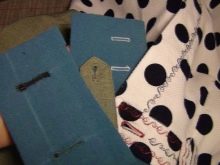
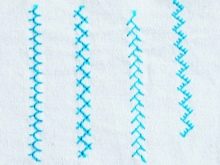
Secret
The secret lines include their variety, which makes the stitching of fabric layers invisible. Invisibility is necessary on the front sides of products, whether it be a dress or a soft toy, so as not to spoil their appearance. Secret seams are hidden between several sections of stitched fabric. Beginners can practice trimming: this line is such that not everyone will be able to perfectly execute it the first time. It is used in the lower part of a product made of fine material (cotton, chintz, linen, etc.). An example is the closure of trousers.
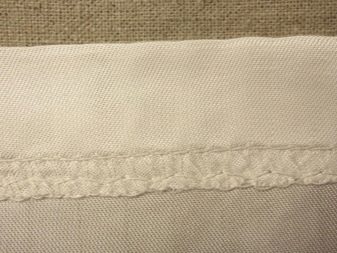
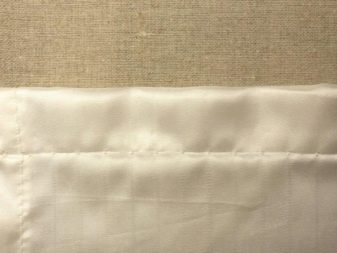
Banding
Appointment of a seam - retention of the threads from which the fabric is woven, in order to prevent their divergence. Without such a line, the edges of matter would quickly turn into an unattractive fringe. Manual stitching is called looped. However, the machine will do such a line tens and even hundreds of times faster than a person manually. In mechanized sewing, the hemstitch is one of several looped.
Stitching embroidery is best implemented on an electronically controlled machine.
You just need to choose one of the modes, insert the correct threads corresponding to the thickness of the stitched fabric, and you are ready to start sewing. An example is overcast button loops cut under additional buttons, and neatly stretch the loose material on the side on jeans or a jacket.
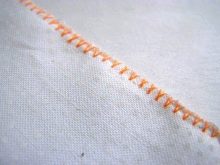
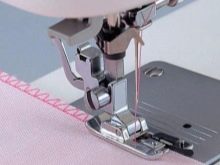
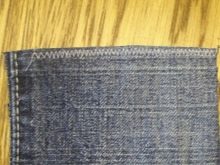
Decorative
Decorative stitches include their more original varieties. More often they do not sew fabrics, but serve as embroidery, like repeating fragments in the form of a Christmas tree, spikelet, flower, leaves, etc.
Stitching decorative seams requires high-quality synthetic threads. If you use, for example, cotton threads, the stitched seams will quickly tear apart, begin to tear, and the material sewn by any of these seams (or a single layer of fabric sewn in the form of a pattern) will lose its original appearance. It is important that the machine is optimally tuned - skipping stitches is strictly unacceptable here, as well as skews. A factory item of clothing or an accessory made on not fully tuned or upset equipment, the buyer simply returns the seller as defective.
A decorative seam is applied mainly to the excess edge of the fabric with a width of one or several centimeters, turning it into a fashionable attribute. Qualitatively and accurately executed seam is capable of even a roughly cut and torn material to make a masterpiece. An example of such a design is a pocket sewn from the outside, a sewn-in bow or some pattern in a visible place. An alternative is embroidery of letters, initials, inscriptions, for example, on the back of a sweatshirt or windbreaker. An example of such a seam is a butt variety, which is in demand on knitwear. This variety is based on a zigzag stitch.
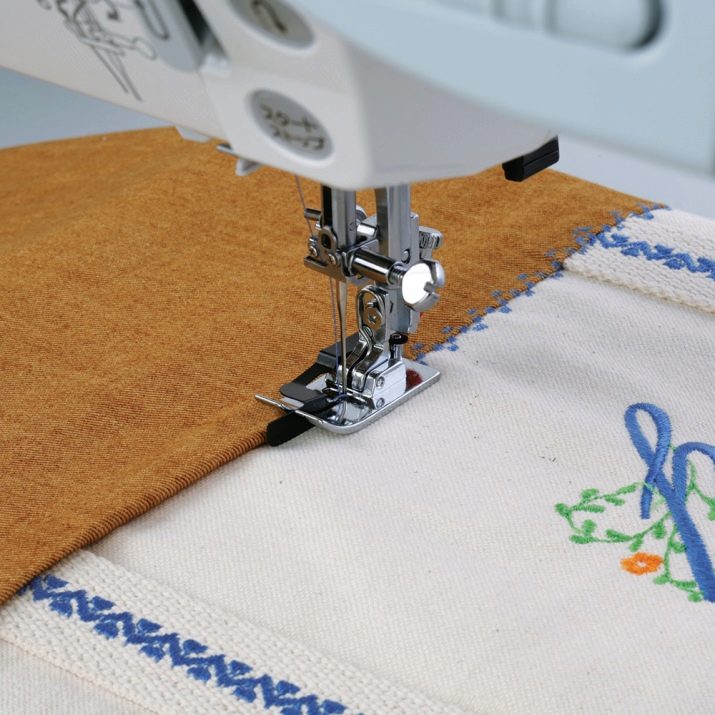
Elastic
The machine should support the sewing of the elastic seam. Make sure that there is such a mode on it. The field of application of an elastic seam is its several varieties, which make it possible to sew, for example, bilateral windbreakers from membrane material. Such seams include: seam, invoice and superscript, French (including a variety of this seam for products made of drap), seam, stitch, two-sided special (it includes a seam and secret), and several other types.
The main requirement for elastic seams is the ability to work for some stretching, which eliminates the sudden rupture of the product, where they lie.
For elastic joints, the same threads are used, which have smoothness and the ability to stretch at least a little.
Attempts to make an elastic seam with coarse threads often end with rapid wear and tear of the garment or accessory on which such stitching was applied.
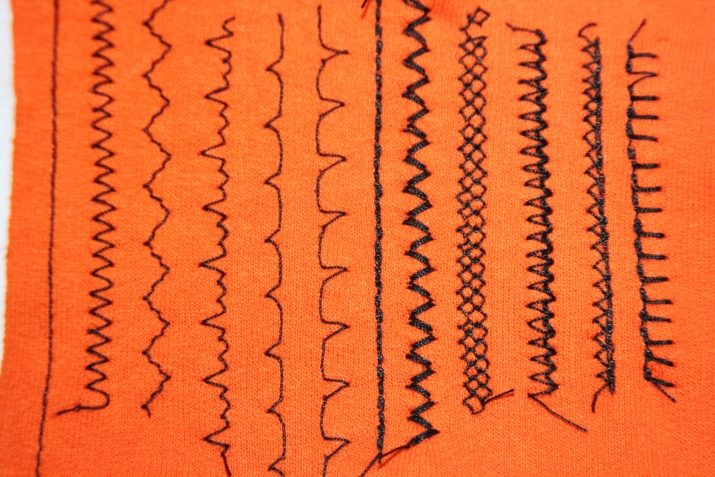
Double
The double seam looks on the front side - the usual seam. Its name speaks for itself. On the non-front side, he appears in the form of a narrowed junction. The double seam itself is the next step in the development of simple. It is used in an area where excessively protruding or, on the contrary, retracted sections of stitched parts are completely absent. The double seam cannot be bent - it is performed only in the form of a straight line.But the advantage of such a seam overlaps its disadvantage (limited use is only on straight sections): a double line is much more tear resistant than a single straight line. Examples of using:
- making pillowcases and duvet covers;
- embedding internal pockets in various pants and shorts;
- long sleeves with cuffs, etc .;
- sewing translucent peignoirs and other sexy lingerie;
- processing of thin and easily dissolving material.
A double seam will also be suitable for modernization, expanding the functionality of accessories - for example, sewing additional inner pockets in ladies' and shopping bags.

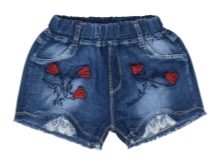

Flat
For flat stitches, you will likely need plososhapatel. This is a sewing machine in which there are blending modes of flat strings. Flat sewing stitch can be of completely different types than most of the more simple and familiar ones used by beginning tailors. Compared with seams, it is laid in a completely different way. The number of needles is 2 or 3, which results in a double and a triple row, respectively. From the inside, it is completely transposed, from the outside it looks like a simple seam with equal stitches sewn with one thread on each of the lines. The use of a flat line began precisely with knitwear, but today any fabric is suitable: the delicacy and accuracy of the technology of “flat” tailoring are perfected to perfection. An example is a flat seam on sweatpants, shorts, a T-shirt, overalls or sweatshirt.
For sewing with a flat seam at home, coils with one side are used, and at the factory bobbins resembling an inverted bucket are used. The “flat” thread should be thin, but strong enough, slightly stretched. A multi-needle machine should be carefully verified: a sudden change in the tension of one of the threads will cause their weaving together to deteriorate, and the productivity and quality of your work will immediately decrease sharply.
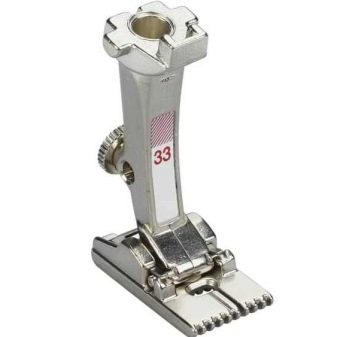
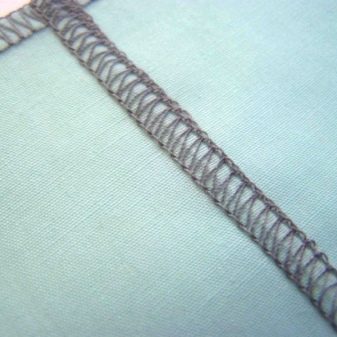
Designation on typewriters
The designation of each of the modes of flashing matter on any machine is so simple and intuitive that even a novice will get comfortable with its control, having studied the theory and trying to sew something with his own hand, turning his knowledge into practical skills. For example, zigzag lines look like designations in the form of frequent teeth. But the zigzag should be distinguished from the edge seam markers, which are vaguely reminiscent of the mathematical square root icon with a raised "mustache".
A simple seam is a dashed line. The number of such lines indicates the multiplicity of the line (double, triple, multiple - depends on the number of simultaneously working needles).
Loop (stitching) lines are indicated as a figure (for example, a rectangle) of parallel strokes.
The selected stitching mode will immediately translate in practice from the designation on the machine selector into the exact same version of the real seam.

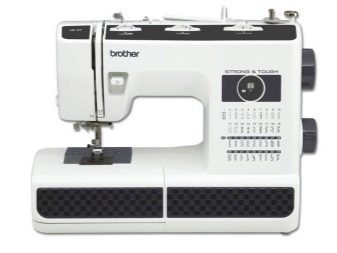
Application
With a simple seam, the work of a seamstress began in time immemorial. Anyone who knows how to even work with a needle or a sewing stapler in a simple way can make an even seam manually. Next to the simple seams was added a hemming - its first use is connected with giving the buttonhole and garter stitch a finished, neat look. Zigzag, and many simple seams can also be done manually, but for very busy people, a sewing machine will always come to the rescue.
The zigzag line is an “advanced” version of the wrapping and decorating of products. More complex seams, including pretentious ones, are an occupation for craftsmen who have long been sincerely keen on sewing and embroidery.
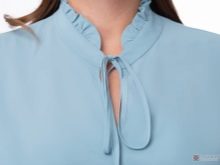
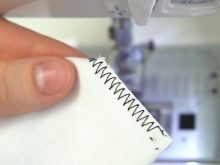
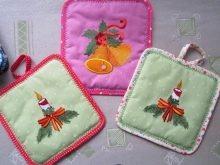
Types of lines on the sewing machine can be seen in the video below.
